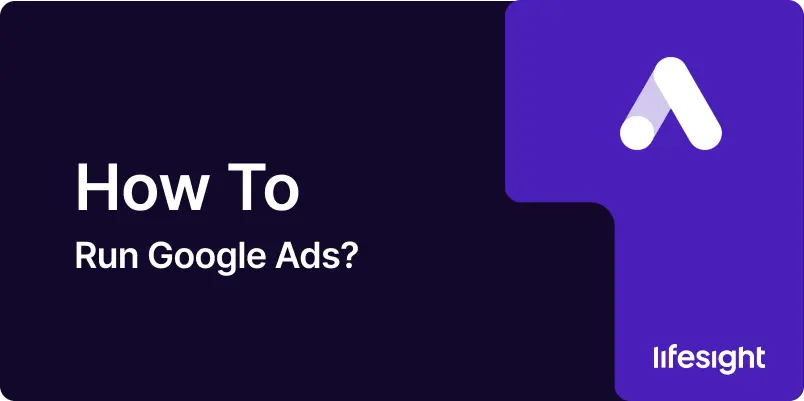
Introduction
Google Ads is a potent tool for businesses looking to drive traffic, reach target audiences, and boost online conversions. This comprehensive guide will walk you through the process of setting up and managing Google Ads campaigns effectively.
Step 1: Establishing Your Google Ads Account
- Create Your Google Account: If you don’t already have a Google account, create one, as it’s essential for accessing Google Ads.
- Sign Up for Google Ads: Go to the Google Ads website and follow the instructions to set up a new Google Ads account. This involves entering your business information and setting up billing details.
Step 2: Understanding Google Ads Structure
- Learn the Hierarchy: Google Ads is structured around three main levels: Account, Campaigns, and Ad Groups. Your account is your central hub, campaigns are your main objectives, and ad groups contain your sets of similar ads and keywords.
Step 3: Setting Up Campaigns
- Choose Your Campaign Type: Google Ads offers several campaign types, including Search, Display, Video, and Shopping. Select the type that aligns with your marketing goals.
- Define Campaign Goals: Choose what you want to achieve with your campaign. Google Ads provides goals like Sales, Leads, Website traffic, Product and brand consideration, Brand awareness and reach, and App promotion.
Step 4: Targeting Your Audience
- Geographical Targeting: Decide where you want your ads to be shown. You can target specific countries, areas within a country, or even a radius around a location.
- Demographic Targeting: Choose who you want to see your ads by selecting audience demographics such as age, gender, parental status, and household income.
- Use Audience Targeting Options: Leverage options like interest targeting, remarketing lists, and customer match to refine your audience.
Step 5: Budgeting and Bidding
- Set Your Budget: Determine how much money you want to spend on your campaign daily or across its lifetime.
- Choose a Bidding Strategy: Google Ads offers several bidding strategies tailored to different kinds of campaign goals. Choose from strategies like cost-per-click (CPC), cost-per-thousand impressions (CPM), cost-per-acquisition (CPA), or Google Ads’ automated bidding options.
Step 6: Creating Your Advertisements
- Design Effective Ads: For text ads, write compelling headlines and descriptions. For display ads, create visually appealing images or animations. For video ads, produce engaging video content.
- Incorporate Keywords: Use relevant keywords that potential customers might use to search for your products or services. Utilize tools like Google Keyword Planner for keyword research and recommendations.
Step 7: Launching Your Campaign
- Review Everything: Before going live, double-check all settings and the content of your ads to ensure everything is accurate and optimized.
- Launch: Once you’re satisfied, launch your campaign. Google Ads will review your ads and begin showing them once approved.
Step 8: Monitoring and Optimizing
- Track Your Performance: Use Google Ads’ built-in analytics tools to monitor how your ads are performing. Focus on metrics like impressions, clicks, click-through rate (CTR), conversions, and cost per action (CPA).
- Make Adjustments: Based on the data, adjust your campaigns by changing your bid strategy, ad copy, keywords, or demographic targeting to improve performance.
Step 9: Advanced Strategies
- Experiment with Ad Variations: Test different versions of your ads to see which perform best. Google Ads offers A/B testing tools to help you compare different ad elements.
- Utilize Ad Extensions: Enhance your ads with additional information such as links to specific parts of your site, your phone number, or more text.
Conclusion
Running Google Ads requires strategic planning, ongoing management, and continual optimization. By carefully following each step and utilizing Google’s robust targeting and optimization features, you can create successful campaigns that drive significant results for your business.
Free essential resources for success
Discover more from Lifesight















